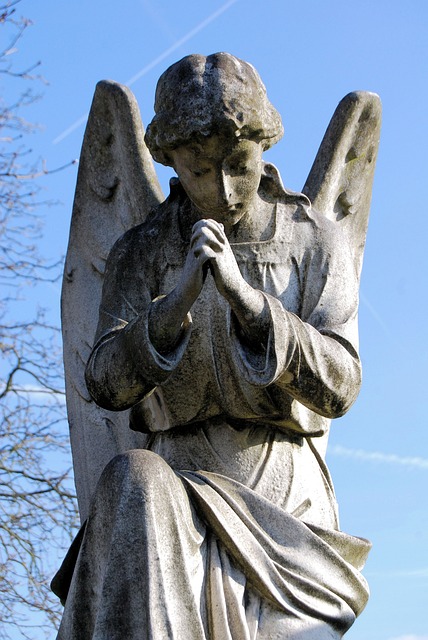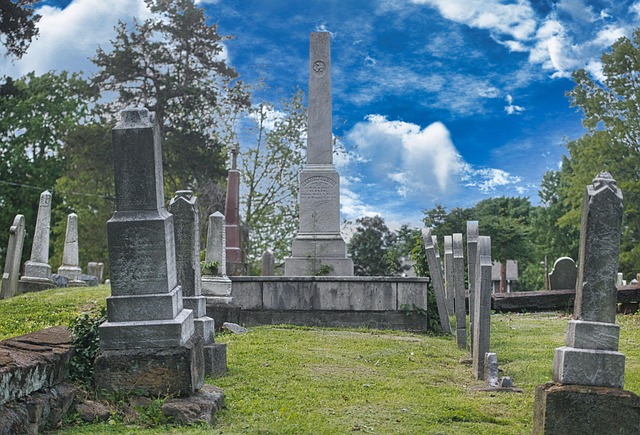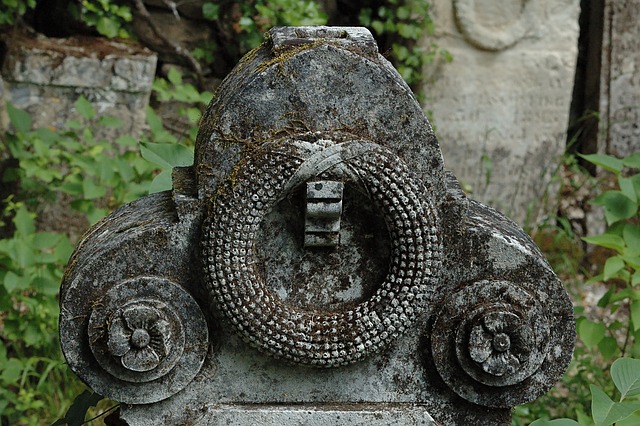Modern businesses are embracing the Victorian aesthetic of the 1880s as a strategic design choice in real estate. This trend creates immersive, nostalgic experiences with ornate details, rich fabrics, and warm lighting. By combining historical accuracy with modern convenience, these establishments attract customers seeking unique atmospheres and storytelling. Real estate professionals play a crucial role in reviving historical salons and shops, focusing on location, vintage floor plans, opulent interiors, and authentic styles like Victorian or Queen Anne.
In a world where modern design often dominates, there’s a growing trend towards evoking the past—specifically, the opulence of the 1880s. This article explores the revival of Victorian aesthetics in contemporary salons and shops, delving into architectural elements that capture the era’s grandeur. We’ll also examine real estate as a key aspect, guiding readers on locating and designing spaces inspired by historical salons. Discover how these modern interpretations blend nostalgia with innovation.
The Revival of Victorian Aesthetics in Modern Saloons and Shops
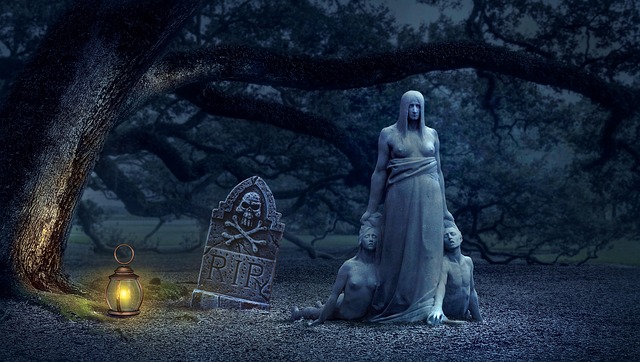
In recent years, there’s been a notable trend among modern establishments—a conscious effort to evoke the charm of yesteryear, particularly the 1880s era. This revival is not just a aesthetic choice but a strategic move in real estate and business design. Victorian aesthetics, with their ornate details, rich fabrics, and warm lighting, create an immersive experience that draws customers into a time capsule. Saloons and shops dressed in this vintage garb offer more than just a glimpse into history; they provide a unique ambiance that fosters a sense of nostalgia and comfort.
The attention to detail is remarkable, from the handcrafted fixtures and furnishings to the careful selection of colors and textures. This revival isn’t confined to interior design alone; it extends to service as well. Staff dressed in period attire add to the experience, allowing patrons to interact with a bygone era. This blend of history and modern convenience has proven successful, attracting customers who appreciate the unique atmosphere and storytelling aspects these establishments offer, all while enjoying contemporary products and services.
Architectural Elements Capturing the 1880s Era

In the 1880s, architectural elements reflected a period of grand and ornate designs, with influences from Victorian aesthetics. Saloons and shops from this era often boasted impressive facades adorned with intricate carvings, elaborate balconies, and majestic towers. These structures were designed to make a statement, attracting customers and passersby alike with their grandeur. The use of polished woods, rich colors, and decorative moldings was commonplace, creating an opulent ambiance that captured the essence of high-end establishments.
Real Estate developers in this era understood the power of aesthetics, ensuring these buildings stood as landmarks within their communities. From grand entryways to detailed window frames, every architectural detail contributed to a sense of opulence and elegance. This attention to design not only appealed to patrons but also reflected the economic prosperity of the time, making the 1880s a golden age for architectural splendor in salons and shops.
Real Estate: Locating and Designing Spaces Inspired by Historical Salons
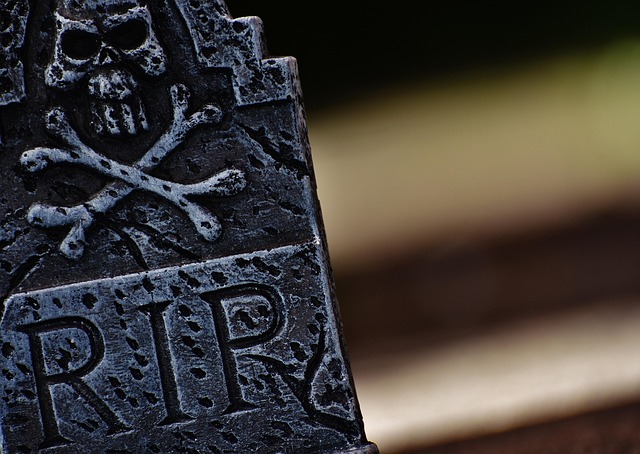
In the spirit of evoking the 1880s era, real estate plays a pivotal role in bringing historical salons and shops back to life. The location and design of these spaces are key factors in capturing the essence of that bygone decade. For instance, charming alleyways or quaint lanes can serve as ideal settings, reminiscent of the narrow passages that once led to bustling establishments. Architects and designers can draw inspiration from vintage floor plans, incorporating original details like high ceilings, ornate moldings, and grand entrances to transport patrons back in time.
Historical accuracy is essential when aiming for an 1880s ambiance. Real Estate professionals can guide clients in selecting properties with architectural styles prevalent during that era, such as Victorian or Queen Anne. The interior design should reflect the opulence of the period, featuring rich fabrics, plush furnishings, and decorative accents that were common in salons of the past. By carefully considering the real estate aspects, establishments can effectively immerse visitors in a historical experience, transporting them to a time when salons and shops thrived as social hubs.
